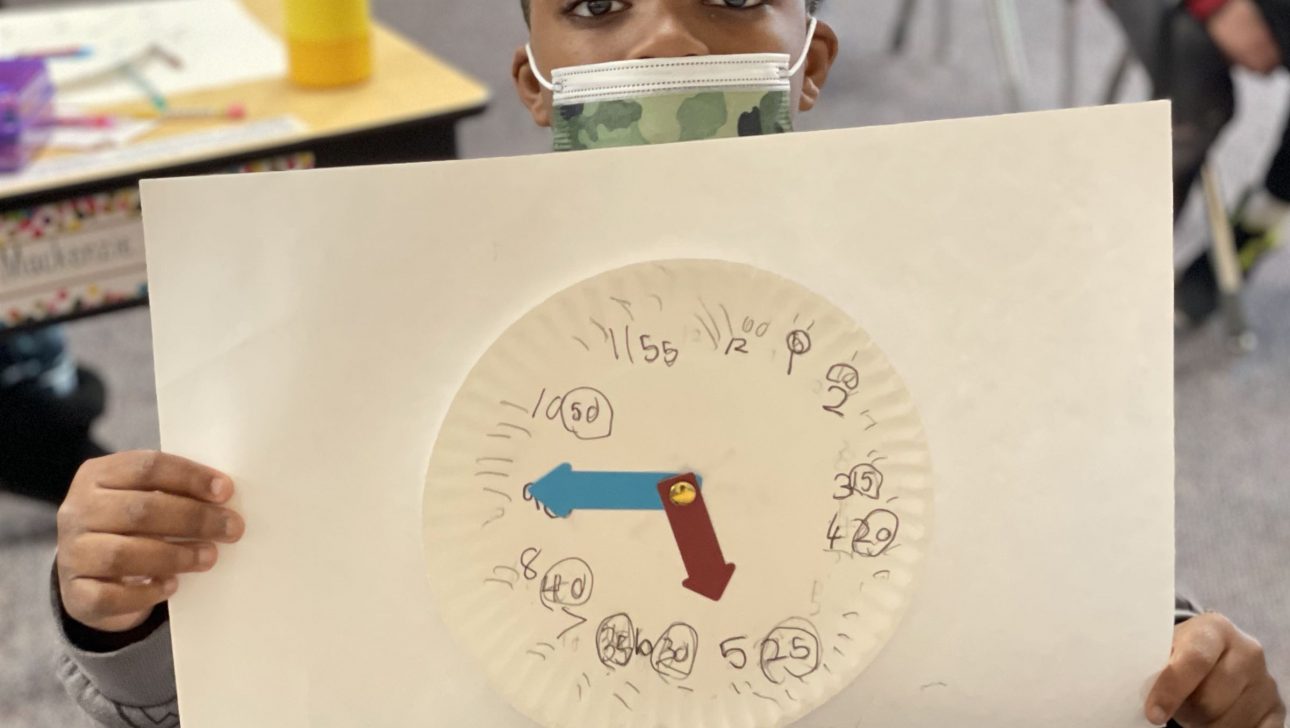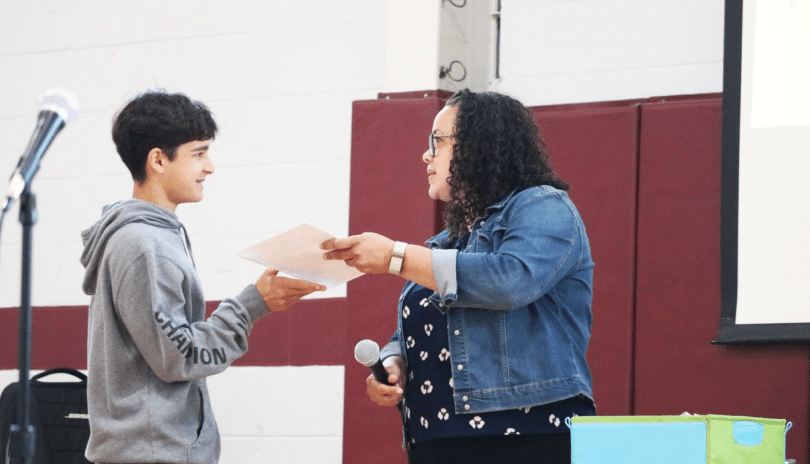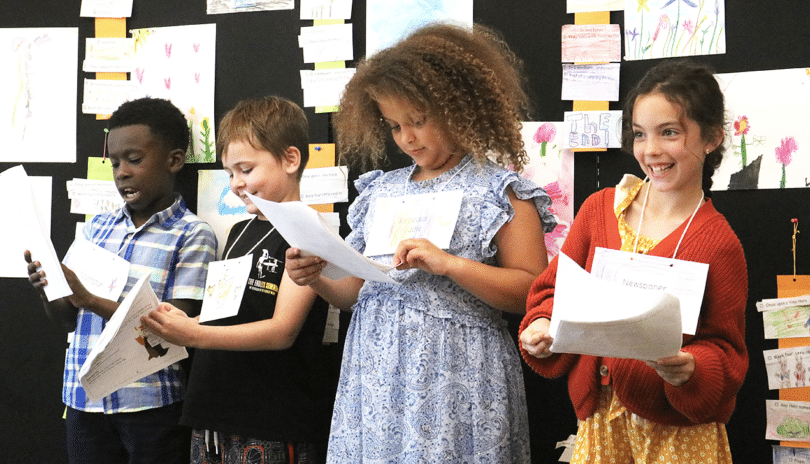Digital clocks are pervasive in our lives. They are on our wrists, on our phones, on our computer screens, and at our bedsides. So why would we want second graders to learn all about analog clocks? Here at DCD, we feel the benefits of utility reading an analog clock are absolutely worth the precious instructional time. Annette Raphel, DCD Math Evangelist, shares her ten reasons why!
- Analog clocks help children understand that subtraction is not just “taking away”, it is also “the difference between two numbers.”
- Analog clocks give children more practice with multiple names for the same quantity. Knowing that “2:40” and “twenty to 3:00” refer to the same time helps build on the important big idea of equivalence.
- Skip counting is the natural precursor to multiplication, and counting by fives is a natural skill that has a useful context when telling time.
- “Clock arithmetic” is a number system that is not base 10. Time builds an appreciation for twelves and sixties. These are both really important numbers that have many factors and 12 can be divided evenly by 2,3,4,6 and 12, and the number 60 is also divisible by 5, 10, 15, 30!
- We use time, well, all the time! Lapsed time (how long were we out at recess?) and anticipated time (how much longer until we have lunch?) are questions that young children ask and it’s very satisfying to be able to quantitively answer those questions.
- Reading a clock is a kind of code, and children love being able to decode. Whether it is with letters to make words, or what time it is when you know where the hands on a clock are, knowing the rules and applying them to figure out something is a thrilling skill to add to a mathematical tool kit.
- The numbers on a clock stand for two things and children should develop the flexibility to move between them. A hand on the number 8, for example, can mean it is 8:00 o’clock if it is the hour hand, or 40 minutes after the hour if it is the minute hand.
- Analog clocks help children with beginning concepts of fractions – looking at quarters, and halves.
- Time is easier to visualize on an analog clock. If it is quarter to 11, in twenty minutes it will be 12:05. Counting on and going around a circle involves an area of mathematics that is sometimes referred to as “modular arithmetic.”
- Children are exposed to both kinds of clocks in their daily lives. Just as with print and cursive, it is important to be able to decode both.







